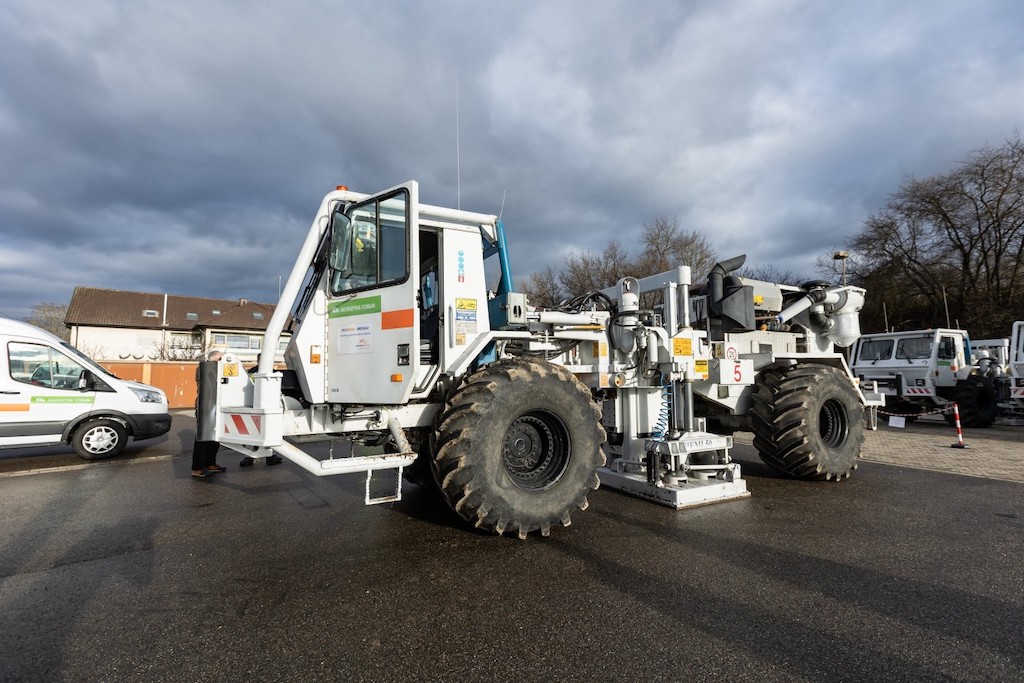
Geophones for geothermal can help fast-track development of commercial EGS projects, thus the push to innovate this technology by the U.S. Department of Energy.Geophones are sensors that can detect acoustic vibrations within the Earth. In the context of the development of Enhanced Geothermal Systems (EGS) projects, the use of geophones allows for the collection of information about subsurface geothermal reservoirs and how they react to EGS stimulation.
While seismic monitoring is undoubtedly a useful tool for geothermal exploration and monitoring, traditional seismic monitoring tools are not designed for the high-temperature, high-rock strength, and corrosive nature of geothermal environments. Specialized sensors can be prohibitively expensive when the size of the U.S. geothermal market is put into consideration.
The need for innovations in seismic monitoring has given way to the Geothermal Geophone Prize, a competition hosted by the U.S. Department of Energy (DOE) that will award a total of USD 3.65 million in incentives to innovators and entrepreneurs who can develop and deliver high-temperature seismic sensor solutions. The prize is open to private organizations (for-profits and nonprofits), nonfederal government entities (such as states, counties, tribes, and municipalities), academic institutions, and individuals that meet all eligibility requirements.
“Fast-tracking the development of technology related to EGS could significantly expand access to geothermal energy across the country,” said National Renewable Energy Laboratory (NREL) senior geoscientist Ian Warren. “Innovation in subsurface geophones to enable collection of detailed seismic data within and adjacent to high-temperature rocks deep below ground will be a huge advance for developers creating EGS reservoirs.”
Several ongoing geothermal projects around the world are using geophones. Although the Geothermal Geophone Prize focuses on the use of geophones as aid for EGS projects, geophones can also be used for general fracture mapping and reservoir characterization.
In a recent interview we did with Utah FORGE Co-Principal Investigator Dr. John McLennan, he described how geophones are used to triangulate microseismic events during injection testing of wells to help determine fracture geometries. The ability to control hydraulic fracture growth is a key concept in developing commercially viable EGS applications.
Seismic monitoring using geophones was done in Basel, Switzerland to search for hot water deposits. Geophones were laid out on the ground while slight vibrations were triggered by four measurement vehicles.
Local energy utility Badenova has conduced a seismic campaign in Freiburg, Germany to search for thermal water deposits that can be used for geothermal heating. Again, geophones are distributed along the study area to detect seismic data from three giant impulse vehicles. This allows for the generation of a detailed picture of the geological structures down to a depth of several hundred meters.